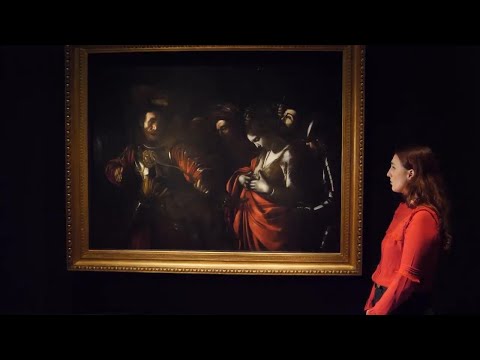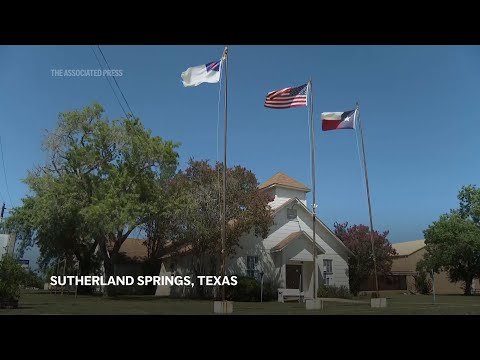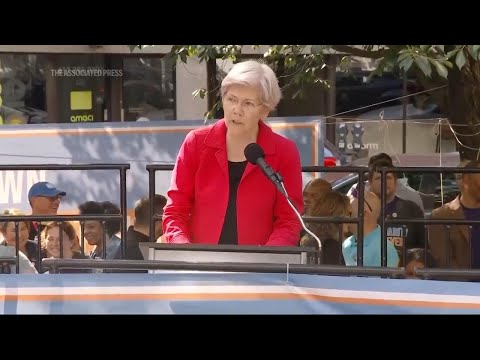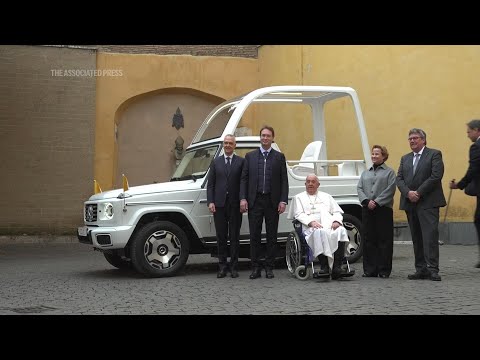(16 Apr 2024)
UK CARAVAGGIO
SOURCE : ASSOCIATED PRESS
LENGTH : 5:34
RESTRICTION SUMMARY :
ASSOCIATED PRESS
London, United Kingdom – 16 April 2024
1. Pan right from photographers to the ‘Martyrdom of Saint Ursula’
2. Close tilt down from Saint Ursula to the arrow in her chest
3. Various set up shot of Dr Francesca Whitlum-Cooper talking with Michele Coppola
4. Mid of painting ‘Martyrdom of Saint Ursula’
5. SOUNDBITE: (English) Dr Francesca Whitlum-Cooper, curator, the Last Caravaggio, the National Gallery
"But now we call this the last Caravaggio. For a long time actually it was a lost Caravaggio, so it had stayed in the same family for 300 years and gradually over time the name had become separated in the subject matter. When it was acquired by the bank in Italy in the 1970s, it was thought to be by one of Caravaggio’s followers, and it was only this sensational discovery of a letter in the archive in Naples, which we’ve borrowed for the exhibition, that actually told us that in May 1610, just weeks before he died, Caravaggio was painting a martyrdom of Saint Ursula."
6. Close of self portrait of the Caravaggio in the painting
7. SOUNDBITE: (English) Dr Francesca Whitlum-Cooper, curator, the Last Caravaggio, the National Gallery
"Even by the standards of a very violent period of history Caravaggio does seem to have led an extraordinarily violent life. So the ten-ish years that he spends in Rome from the mid 1590 through to 1606, it’s just an endless litany of charges against him. He’s kind of clearly this sort of swaggering, sword carrying, threatening, violent man, endlessly getting into altercations with sort of everyone he encounters. It really comes to a head in 1606 when he kills a long time enemy, a pimp called Ranuccio Tomassoni, and he has to flee, even though he’s the most celebrated artist in Rome, even though he has cardinals and collectors begging for his paintings, there’s nothing they can do That is a very serious crime. And so he has to flee to the south."
8. Wide of woman (National Gallery staff member) looking at the ‘Martyrdom of Saint Ursula’
9. Close pans right across painting
10. SOUNDBITE: (English) Dr Francesca Whitlum-Cooper, curator, the Last Caravaggio, the National Gallery
"I think you can think of Caravaggio as controversial in two different ways. I think obviously now, you know, we asked more questions about celebrating someone who is so violent and abusive and everything else. But there is actually within his lifetime, the great controversy is how he paints, which I think is very funny for us today, because he has… he unleashes such a pictorial revolution that this way of painting actually becomes very normal, we’re very used to seeing real people in paintings now, and we’re used to seeing dirty fingernails. We’re used to the idea of an artist just taking a paintbrush and painting straight onto the canvas. In Caravaggio’s time. That was outlandish. It was it was completely new."
11. Mid zoom to ‘Salome receives the Head of John the Baptist’
12. Close of John the Baptist’s head
13. Pull focus of ‘Salome receives the Head of John the Baptist’
14. SOUNDBITE: (English) Michele Coppola, general director, Gallerie D’Italia
"Caravaggio is one of the most important and well-known artists across the world. And his influence went through all the period and all the artists that arrived later. And I think that it’s important to go to the root of his work."
15. Various set up shots of James Carter
16. SOUNDBITE: (English) James Carter, art blogger, Creative Flair
20. Various exteriors of the National Gallery
STORYLINE:
Find out more about AP Archive: http://www.aparchive.com/HowWeWork
Twitter: https://twitter.com/AP_Archive
Facebook: https://www.facebook.com/APArchives
Instagram: https://www.instagram.com/APNews/
You can license this story through AP Archive: http://www.aparchive.com/metadata/youtube/6d2f3abb69fa400f9f433b34ec33bfb7





